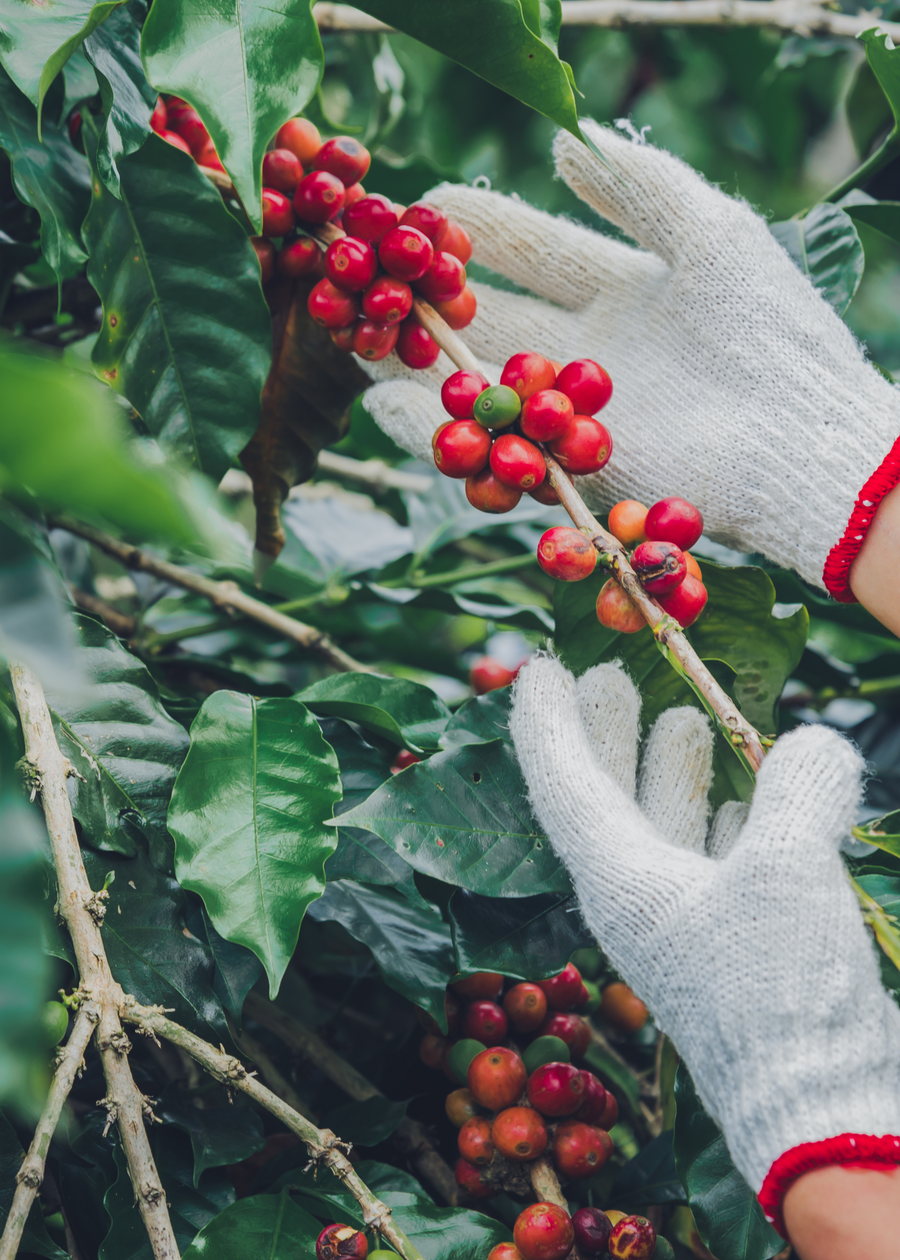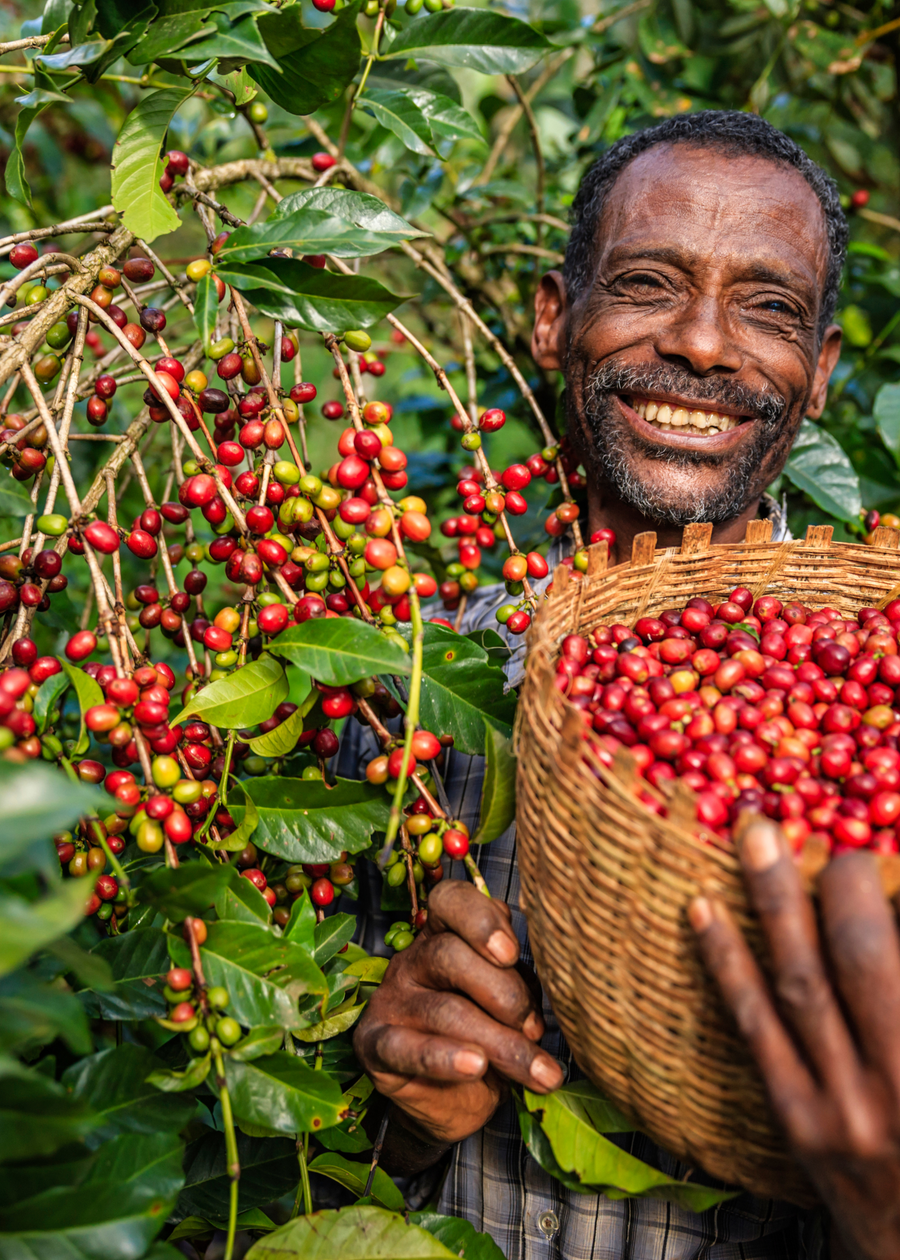
Which Countries Produce the Best Coffee?
Posted on May 06 2024
Many countries around the world derive a significant portion of their total GDP solely from coffee production and export.
We’ve had a look at some of the countries that are regarded as some of the leading coffee producers and deliver top quality coffee beans year after yea.
Before we take a look at the list, it is important to know what can play a role in forming ideal conditions for the cultivation of coffee.
What does it take to produce world-class coffee?
Here are four countries known for producing top-quality beans.
FUN FACT!
Did you know that the earliest recorded account of coffee's discovery traces back to Ethiopia? In approximately 850A.D., a goatherder observed his goats becoming notably energised and sleepless after consuming red berries from a nearby bush. Intrigued, he sampled the berries himself and experiences similar effects. Sharing his discovery with monks at a nearby monastery, they began using the berries to stay awake for night prayers. This revelation eventually spread from the monastery to the wider civilised world.
In Conclusion
While there are a lot of countries throughout the world that produce amazing coffee, there seems to be a pattern among those countries with the absolute best coffee. These four countries have certainly made a name for themselves in the coffee world as clear front-runners.
Our Top Three Must-Visit Coffee Shops in Cape Town
Cape Town is a haven for coffee lovers, boasting some of the finest coffee shops in the country. Whether you're a local or a visitor, these three coffee shops are...
Read More














